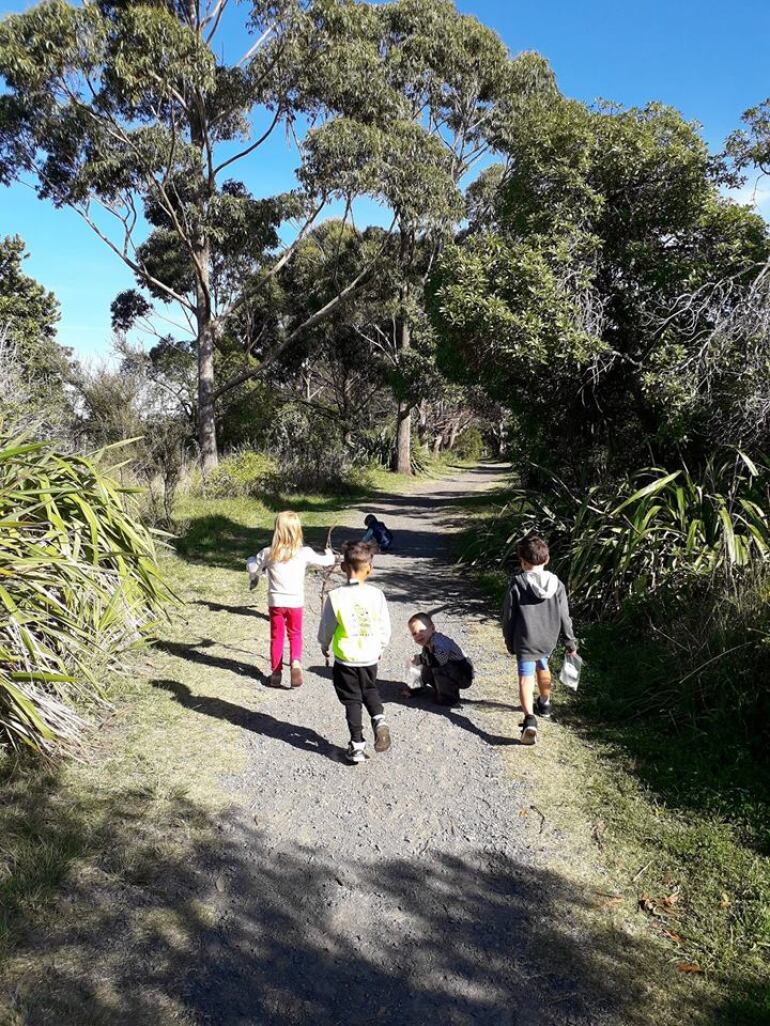News And Events

Peaceful Practice
12 December 2018Practising mindfulness can be a great way for children to learn how to breathe correctly and relax, which can help to minimise reactions to stress and anxious feelings. Anxiety is a normal part of childhood, and every child goes through phases especially as they are faced with new situations and experiences. A phase is temporary and usually harmless, and we can help children to understand their feelings by supporting them with mindfulness techniques to help them understand their emotions and feelings, and reactions to stress.
Brains need down time
In order to function at their peak, brains need time to “relax and smell the roses”. At an appropriate age, stage and time of day, you can support children to sit quietly potentially with their eyes closed, and just focus on what is happening around them for 1-2 minutes. This might happen outside on a warm day, in the shade of a tree, listening to the wind in the leaves, the birds singing and the crickets chirping.
Be present
Kaiako can show that they are focussed on children while sharing a song, story or activity, by being completely present in the moment. Children will seek people out and share more when they feel like they are important to them.
Understand emotions
It’s important for children to express their emotions in a healthy and positive way. This means being able to say “I’m sad”, and have this acknowledged. Kaiako can support children by validating the emotion out loud, saying “that must have hurt”. This helps the children to acknowledge what has happened, identify their emotion which supports them to become resilient as they work out ways to move forward.
Breathing techniques
Learning to control breathing helps children to practice mindfulness. You can show children how to take 2-3 deep breaths, close their eyes and breathe out slowly. They can rest their hands on their tummy so that they can feel the breath coming in and being released. Breathing is a strategy used to assist children and adults in times of feeling anxious.
Basic stretches
Simple and gentle stretches are a lovely way to move muscles that may be feeling tense. A fun way is to connect stretches to animal movements:
The Lion: kneel on the floor and sit back on your heels, with legs flat on the ground. Then put your hands on your knees, stretching out your fingers to look like claws. Then breathe in through your mouth and then open, stretching your tongue as far out and down your chin as you can, then let out a great big lion roar!
The Bear: sit on the floor with the bottoms of your feet touching. Grab on to your big toes and stretch your legs out, balancing yourself on your bottom as you lift your legs.
The Gorilla: stand up tall, then bend over at the waist. Stretch your arms down to your feet, then tuck your hands under your feet. As you breathe and balance try to touch the sky with your hips.
The Frog: rest down on your hands and knees. Move your knees as wide as they can go without falling, and then rest your forearms and hands on the ground. Have the palms of your hands flat on the ground.
These simple stretches can be practised regularly so that children can spend time getting used to moving their bodies in a way that help to relax and breathe.


